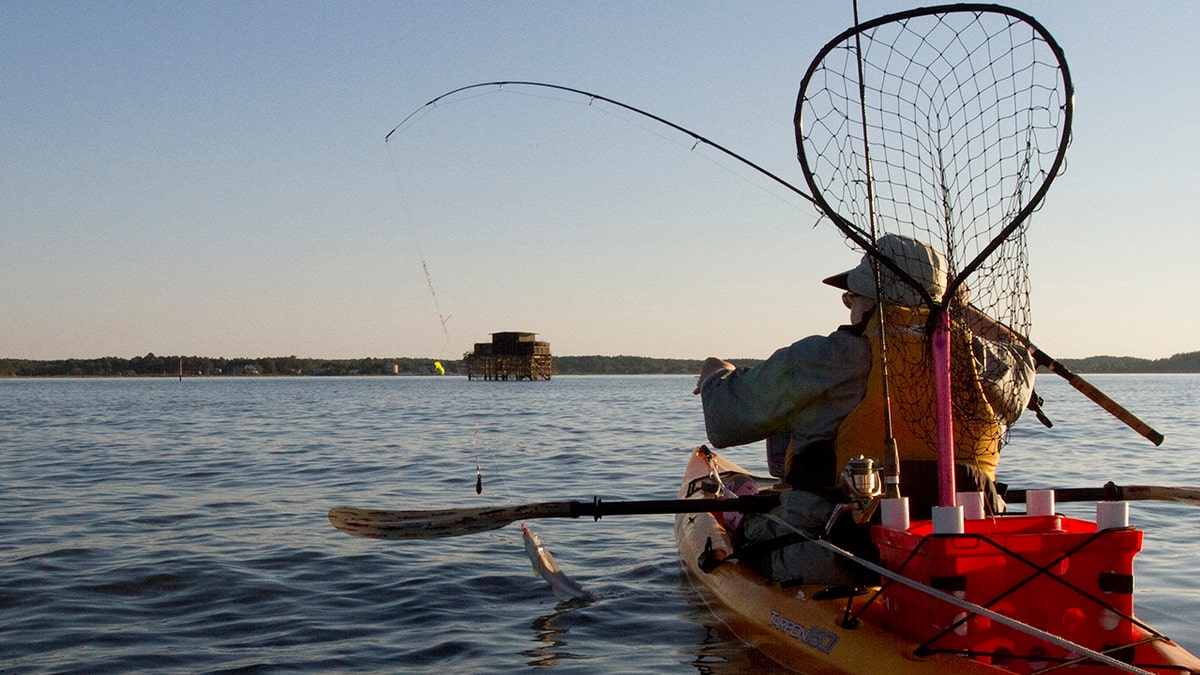Virginia has euthanized 40,000 trout after recent testing detected whirling disease among catchable-sized fish, officials said.
The Virginia Department of Wildlife Resources (DWR) said the commonwealth made the decision to euthanize the 40,000 catchable trout at the Marion Fish Hatchery to prevent the disease from spreading.
“DWR’s stringent fish-health protocols involve regular testing at state hatcheries to look for pathogens that are potentially harmful to hatchery raised and wild fish. DWR does not stock known whirling disease positive fish,” the DWR said in a press release.
“Regrettably, DWR has had to euthanize 40,000 catchable trout to control whirling disease. This represents about a 20% reduction in normal stocking levels for Southwest Virginia and a 5% reduction statewide. Consequently, trout anglers are likely to see a reduction in trout stocking, particularly in Dickenson, Buchanan, Wise, Lee, Scott, Russell, Washington, Smyth, Tazewell, and Grayson Counties.”
AFTER LOSING HER LEG TO THE FLU, VIRGINIA WOMAN URGES PEOPLE TO GET VACCINATED: ‘DON’T WASTE TIME’
A photo showing trout affected with whirling disease, provided by the Virginia Department of Wildlife Resources. (Virginia Department of Wildlife Resources/Facebook)
Myxobolus cerebralis, a microscopic parasite, causes whirling disease, according to DWR.
“This parasite penetrates the cartilage tissue of a trout’s head and spine, multiplying rapidly and causing skeletal deformities. Trout with whirling disease can show spinal deformities or a blackened tail, which can impact swimming ability and feeding habits,” it added.

The Virginia Department of Wildlife Resources announced it had euthanized 40,000 trout that were affected by whirling disease. (Virginia Department of Wildlife Resources/Facebook)
Some fish infected by the disease swim in a circular motion, hence its “whirling” name.
The wildlife department said it was “working to reallocate fish as feasible to make up for shortfalls and is implementing measures to reduce the future impact of this parasite on trout production.”

Fishing remains immensely popular in Virginia, due to its various rivers, the Chesapeake Bay and its access to the Atlantic Ocean. (Adrin Snider/Newport News Daily Press/Tribune News Service via Getty Images)
CLICK HERE TO GET THE FOX NEWS APP
According to DWR, whirling disease is fairly common and has been documented in more than 20 states.
The parasite and disease are native to Europe and were first detected in the United States in 1958. The parasite does not infect humans, even if consumed, DWR said.